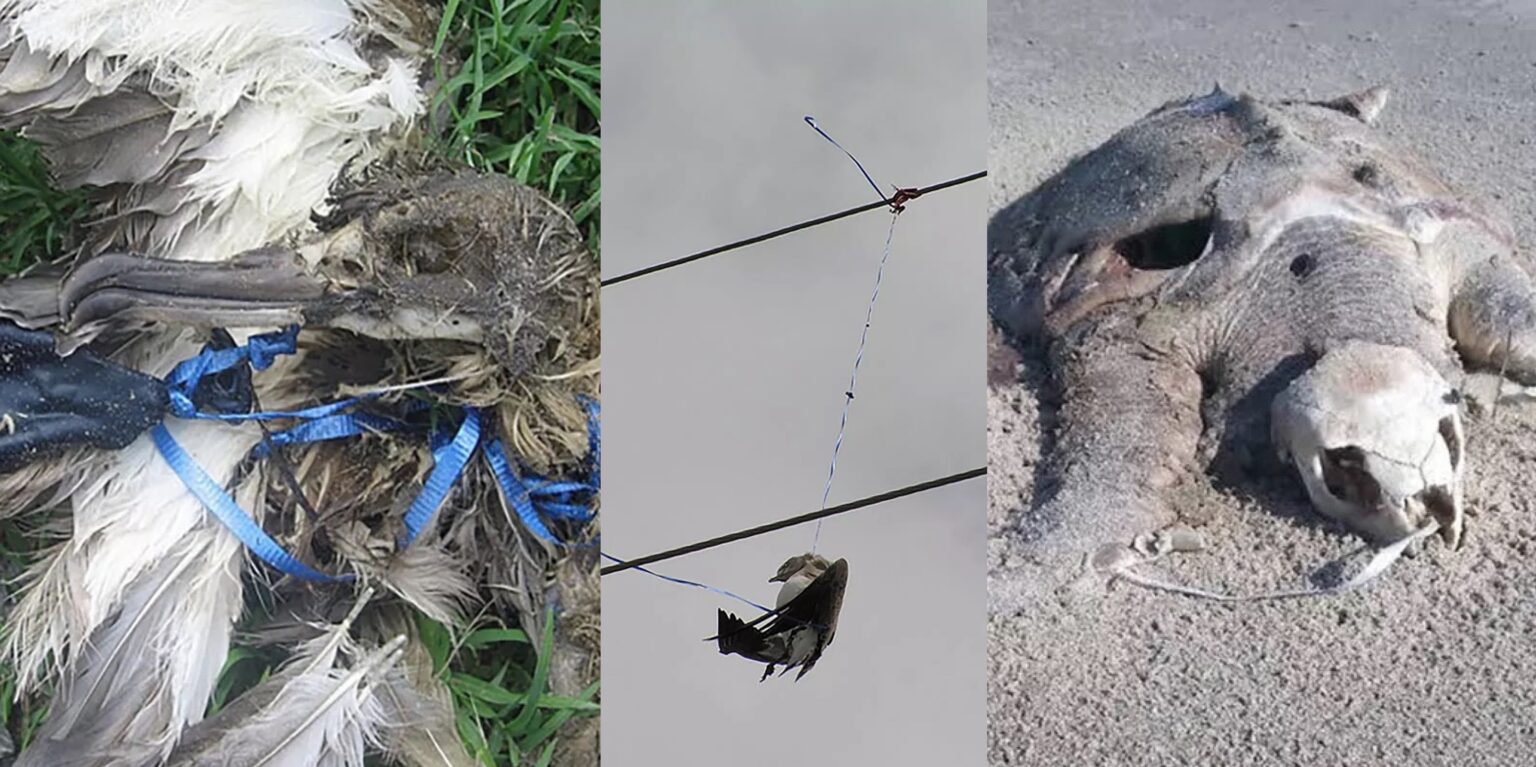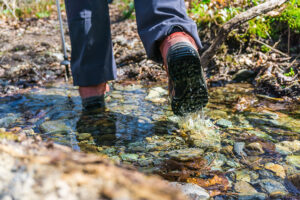Your balloons don’t float up to heaven. They go up … and then back down, littering the ground and water, and ultimately killing animals.
BY RACHEL SCHRUTE
This story originally appeared in GearJunkie.
Picture this: You are devastated, standing in front of a funeral. As you finish speaking in front of loved ones, you pick up a live duck and slowly begin to choke it to death.
Can you imagine? Of course not. It’s horrible to even consider.
But why, then, is it socially acceptable to release a balloon in that same situation? Because ultimately, balloons released into the environment kill animals, pollute waterways, and litter remote forests and prairies around the world.
I’m not gonna be nice about this, and will probably hurt some feelings. I simply don’t care. People do some strange things when they’re grieving and even stranger things when they’re celebrating.
Sending balloons up to heaven may seem sweet, but I’m not sure Nana would be excited to know that you killed a bunch of songbirds in her memory.
Stop it.
Millions of balloons are released each year, leading to countless wildlife deaths and endless litter, in every corner of the map. So, how the hell did we get here and what can we do about it?
From bladders to blunders

Two Boys Blowing a Bladder by Candle-light, Peter Perez Burdett, 1773. Photo: The Met Museum
Balloons have a history going back farther than you might think. Without going into a full-blown anthropology lesson, even the Aztecs used cat intestines filled with air to make crude balloon shapes for sacrificial purposes. Hot air balloons have been in use since the 1700s.
Balloons are not a new idea, but their form has changed drastically in modern times.
In 1842, Michael Faraday laid two pieces of rubber sheets down with a bit of powder between them. He then sealed the edges and inflated what would be the first rubber balloon. After that, balloon kits became all the rage. Those kits included sheets of rubber and sealant.
Rubber balloons as we know them made their way into production in 1907 in the U.S. By the ’30s and ’40s, “sausage-style” balloons became a staple, allowing clowns everywhere to create countless balloon poodles and swords.
The 1970s brought more than glam rock and disco. Mylar balloons now offered durability and graphic capabilities that rubber lacked.
Since then, balloons have been a fixture at every type of celebration. I’d love to tell you how many balloons are sold each year, but that number is hard to track. Approximately 50 million helium-filled balloons are sold in California alone each year.
A unique piece of trash
The real problem comes down to travel. It’s estimated that the average helium-filled balloon can float up to a height of around 20 miles above the Earth’s surface. That’s the point that the atmosphere and the helium inside the balloon reach equilibrium. The reality is, they tend to pop far before they reach that height.
Balloons: floating death

Left: Bird Carcass Strangled by Balloon. Photo/Virginia Stranding Response Program. Center: Bird Carcass Hanging by Balloon String. Photo: USFWS Right: Sea Turtle Carcass Caused by Balloon Suffocation. Photo: USFWS
In 2016-2019, volunteers participating in the International Coastal Cleanup reported more than 29,800 littered balloons in Mid-Atlantic states—New York, New Jersey, Delaware, Maryland and Virginia. Of these, 15,076 balloons were found in New York, 6,626 were found in New Jersey, and Virginia volunteers found 4,154 balloons. Data reveal that in Virginia most of the balloon litter is found on its beaches, demonstrating that balloon litter accumulates in some coastal environments. A 5-year (2013-2017) monitoring project on remote islands of Virginia documented 11,441 pieces of balloon litter—up to 272 pieces per mile of beach.
But I use biodegradable latex

Photo: Shutterstock
“Taken together, latex balloons did not meaningfully degrade in freshwater, saltwater, or compost indicating that when released into the environment, they will continue to contribute to anthropogenic litter and pose a threat to wildlife that ingest them.”
‘Latex balloons do not degrade uniformly in freshwater, marine and composting environments,’ Journal of Hazardous Material, February 2021.
Mylar balloons: worst of all

Photo: Shutterstock
What about helium?

Photo: Shutterstock
Why should we care?

Photo: Shutterstock







